Some of the most memorable stories involve a well-written villain. Everyone was raving about Thanos when Marvel’s Infinity War was first released. He was a well-rounded character that the audience related to and understood the reasoning behind his motivations. Viewers followed his line of thought and even agreed with him.
Now, this article isn’t going to be about praising infinity war and it’s incredible writing; it’s about crafting your villains and getting the readers to love them. Readers love a villain they can relate too and fear. It’s crucial to create a sense of dread or suspense every time your antagonist is in a scene.
Not only will they create suspense, but they will challenge your protagonist every step of the way. This article will break down writing villains – talking about how their wants and needs drive their actions. The importance of a clear motive, writing an antagonist that moves the plot through actions, and briefly talk about mistakes to avoid.
When tying everything together, you will have a villain your readers love to hate. Like, Thanos readers will not only sympathize with your antagonists’ Ideals, but they will feel the tension with the villain’s presence.
First…
Wants vs. Needs

As I talk about in my article on character development, wants, and needs are the driving force into making a static character that is there to move the plot to a dynamic character in which readers can relate.
In summary, wants are external factors the dictate a character’s motivation. They want a fancy car, a life partner, a new job. Needs are internal factors, that when lacking, present as character flaws. They need acceptance, to be trusting, a desire to be selfless – without, they are lonely, struggling to create friends, and often making decisions that benefit only themselves.
Writing villains is very similar. Like your protagonist, your antagonist must come off as a well-rounded human being. They need to be a complex character with many motivations, wants, and needs.
They are the hero to their story. Every action they make is toward achieving their goal, and they believe they are after the greater good.
Looking at Thanos, he believes he is bringing balance to the universe. His actions, every move he makes is in the progress of this goal, and he believes he is delivering a better world to those who remain. He wants the infinity stones. He needs acceptance.
Now let’s dive into…
Writing Villains Motivation:

Tying into the wants and needs, it is vital for you, as the writer, to know your antagonist’s backstory. The reader may not get all of it throughout the plot. Still, it is integral for understanding what motivates your villain.
A person’s past often motivates whom they become in the future. The same thing goes for writing characters. Creating a rich backstory for your antagonist helps make it easier to understand what drives their actions and how they can believe their actions are justified.
When writing your antagonist’s motivation, it creates tension to have them in direct opposition to your protagonist. This emphasizes the need for your villain and makes it clear to the reader why these two characters are against each other.
In Infinity War, Thanos is motivated to get the infinity stones to have the power to wipe out half the universe with the snap of a finger. The heroes are motivated to stop him and protect the stones at all costs.
Both the antagonist and protagonists are in direct competition with each other.
The single most crucial aspect to have for your villain is…
Actions Driving Plot:

The last thing you want is a villain character’s talk about, say they do bad things, but the reader never sees these actions throughout the narrative. This is known as a disappearing antagonist, and they lose readers’ interest immediately.
Readers want a villain whose presence sends chills down their spine every time they show up in the narrative.
The first way to accomplish this is to introduce your villain early. Have the villain there during the inciting incident, or (if a mystery) hide the antagonist in plain sight. This creates a relationship right away with the villain and sets the stage for their role.
Next, make sure your antagonist has a presence throughout the narrative. They are continually doing things to progress toward their goal. If in the background, make sure their actions have direct consequences for the protagonist. Henchmen are also a great way to keep the antagonistic pressure on the protagonist without actually being there themselves.
Lastly, give your antagonist advantages over your hero. Make them stronger, smarter, one step ahead always. This increases the stakes and creates an underdog of your hero. This technique creates tension every time the antagonist is in the scene because it creates a sense that the hero could lose at any moment.
Thanos is introduced in the first scene of Infinity War. We see him kill Loki and defeat The Hulk. Throughout the movies, Thanos is constantly moving toward obtaining the stones, either directly himself or through henchmen. With each stone he acquires, he becomes more powerful than the heroes.
Mistakes to Avoid:
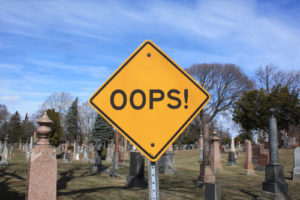
Often, when a reader doesn’t care about your antagonist, you are making one of these mistakes.
The first mistake when writing villains is making them evil for the sake of being evil. They lack any real motivation; they have no back story justifying their actions. Often, when purely evil, they come off as a cartoon villain. This creates a disconnect from the narrative and loses the readers’ interest.
Readers want an antagonist that makes them question the morality behind right and wrong.
Second, watch out for the disappearing antagonist. Introducing your villain at the beginning of the novel is not enough to keep the tension in the narrative. A disappearing villain will show up at the beginning of the story, and then will not be seen again until the finale. Which, in some cases, can work, but only if their off-screen actions affect the protagonist in real ways. When they disappear, they have no actions. They may be referred too within the story, but the reader never sees them do anything.
And lastly, don’t make your villain easy for the protagonist to defeat. Readers love an underdog story. Tension is created by having your antagonist stronger and better than your hero. When the villain is easy to defeat, it feels cheap and takes away from the growth and character development of the hero. The reader doesn’t care.
It is essential to balance the attention between your hero and villain. Both roles are vital to the success of your story. Making these mistakes will tip the favor away from your antagonist and botch the tension of your narrative.
Conclusion:
Writing villains plays a vital role in the development of your plot. They are a character with wants and needs – the hero of their own story – believing they are after the greater good. They must have a clear motivation that is relatable to the reader. You want to have your readers questioning the morality of right and wrong.
A strong villain readers’ love to hate has a strong presence throughout the narrative. Each action they take toward their goal sets the hero back and makes the hero work harder to get what they need. You want your antagonist to be doing things throughout the narrative!
If you enjoyed this article: rate it five stars and leave a comment! Let me know what you think and add any advice of your own in creating strong villains.
Consider becoming a writing bean and support Writing Tips and Sips in creating more content!
Additional Resources:
Addie Emmons: How to Write an Unforgettable Villain
Ellen Brock: How to Write Scary Antagonists
C. D. Baron
Latest posts by C. D. Baron (see all)
- What is The Novella? Why You Must Write One to Improve Your Skills! - 03/21/2021
- Wake Up! A Short Story (Work in Progress) - 02/07/2021
- My Top 5 Favorite Reads of All Time (So Far) - 01/24/2021
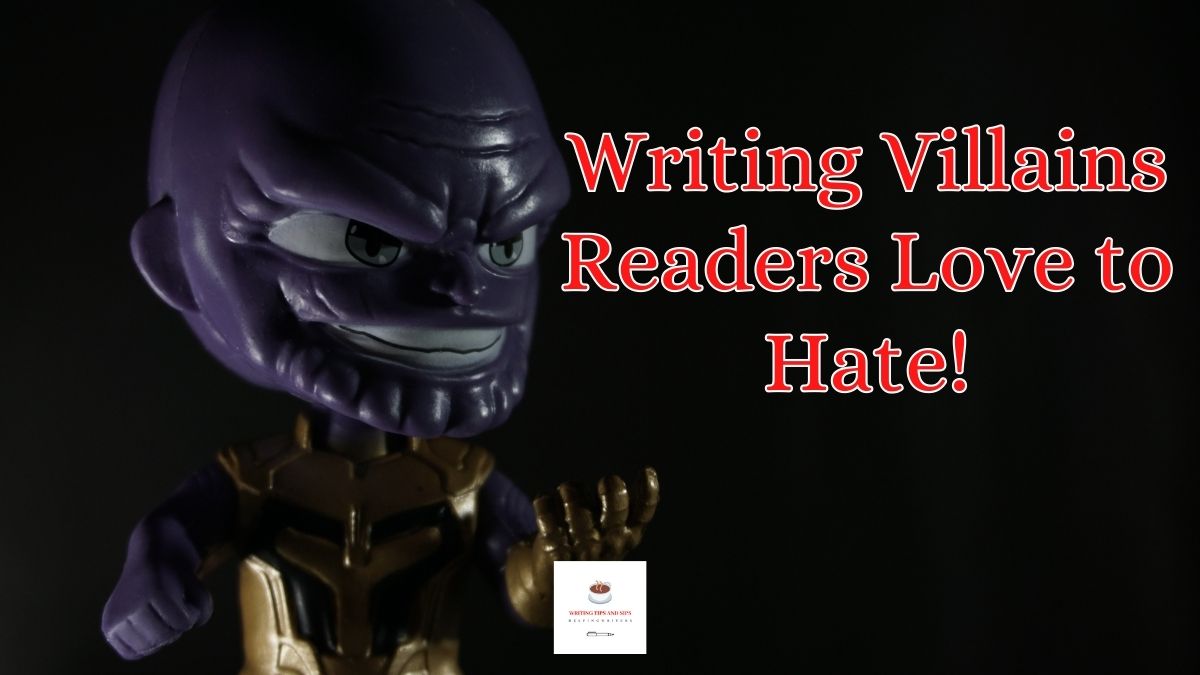

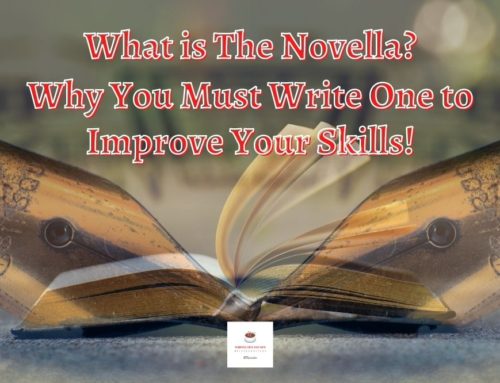

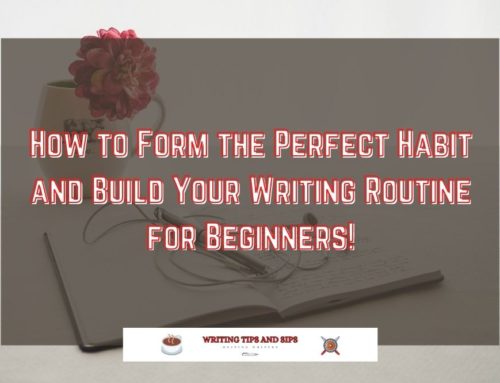
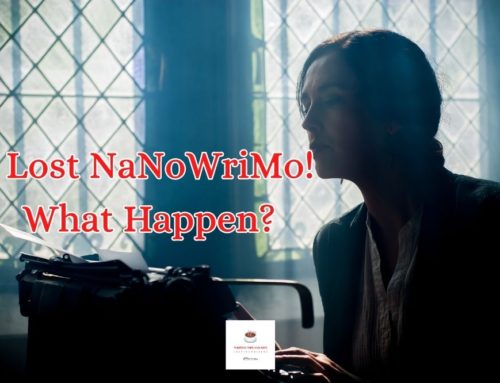
I love this piece—the bit about henchmen was one I hadn’t necessarily considered! I just finished reading a novel called Ghost Bride (I’m obsessed with it slightly) and its antagonist is fairly sympathetic, if not annoying. Additionally, it has multiple side-antagonists that you can sympathize with because they have their own goals, desires, needs, and fully-formed stories.